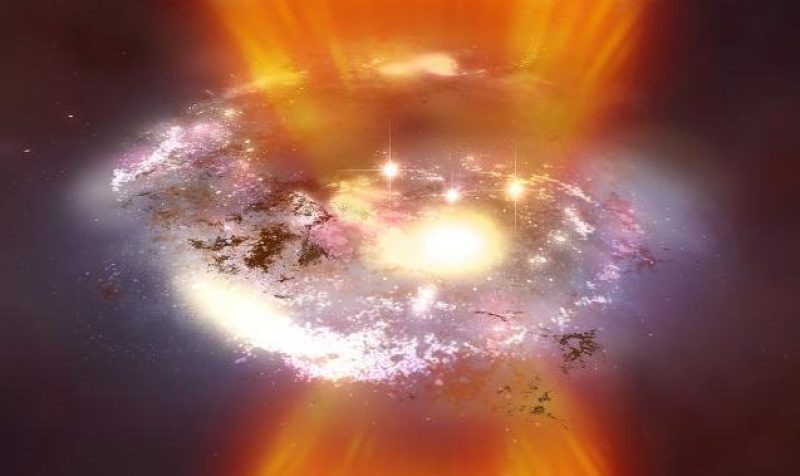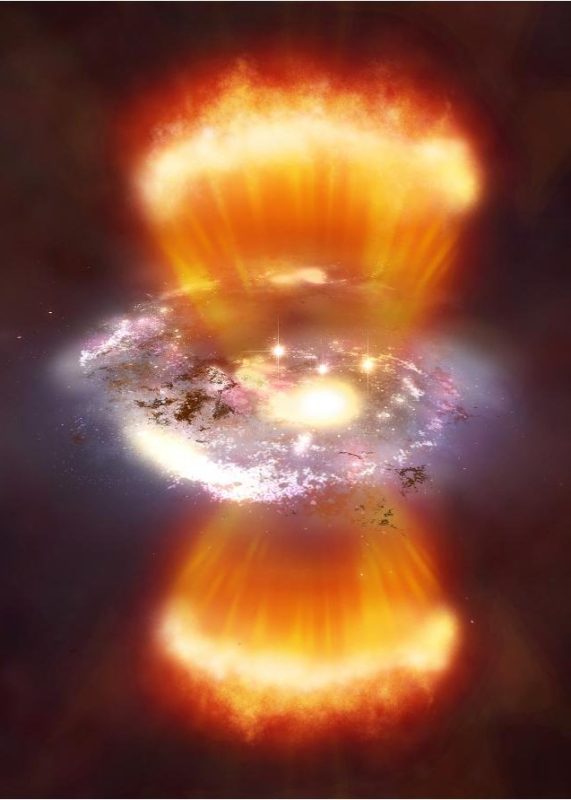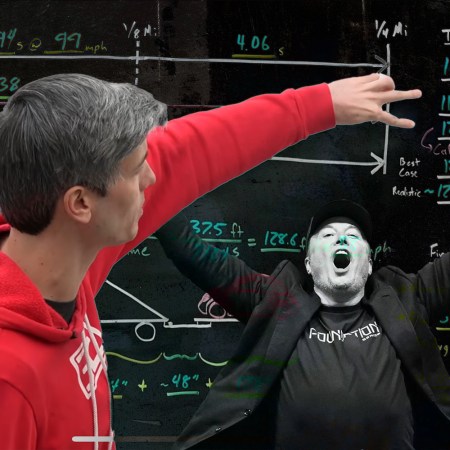
Researchers have spotted massive gas bubbles forming around black holes—stunning phenomena that may hold secrets to how galaxies are formed.
Astronomers discovered expanding plumes of gas and dust being ejected from two radio galaxies, TXS0211−122 and TXS 0828+193, about 11.5 billion light years away.
To spot them, the scientists used the largest observatories on the planet—Keck II in Hawaii and Gran Telescópio de Canárias in Spain.
TXS0211−122 and TXS 0828+193 are both galaxies that have a reputation for housing the largest black holes and the most powerful continuous energy ejections witnessed by astronomers.
The energy contained in each galaxy’s core sends gasses violently spewing into the supermassive black holes between them. This symbiotic relationship could hold the key to how galaxies are formed in the first place, Phys.org reports.
“By studying violent galaxies like these, we have gained a new insight into the way supermassive black holes affect the evolution of the galaxies in which they reside,” Andrew Humphrey, the leader of the project, said in a press release.
—RealClearLife
This article was featured in the InsideHook newsletter. Sign up now.























